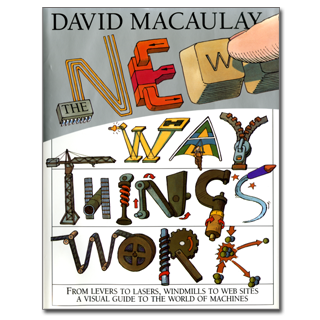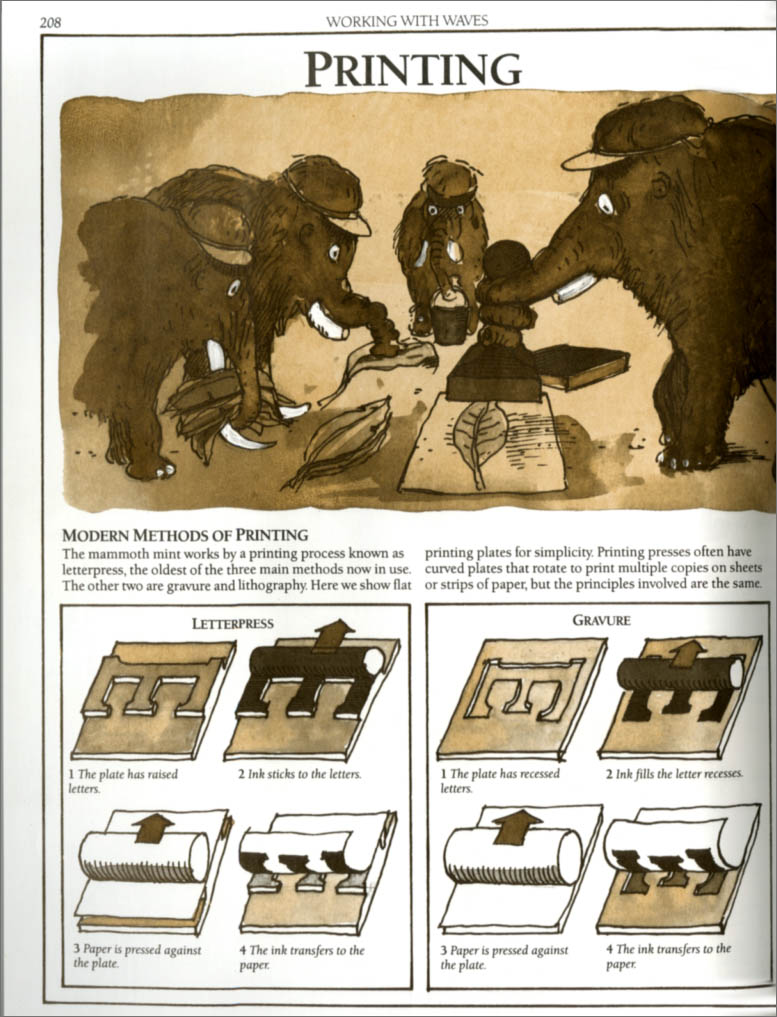
A FEW OTHER EVENTS FOR
JANUARY 31:
- Happy birthday Gerald McDermott (Anansi the Spider, Arrow to the Sun), Denise Fleming (In the Tall, Tall Grass), and Bryan Collier (Rosa, Martin's Big Words).
- It’s the birth date of baseball player Jackie Robinson (1919–1972). He was the first black Major League baseball player. Read Testing The Ice: A True Story About Jackie Robinson by Sharon Robinson, illustrated by Kadir Nelson.
- In 1865, the United States Congress passes the Thirteenth Amendment to the Constitution of the United States, abolishing slavery.
- It’s Inspire Your Heart with Art Day. Visit a museum and read A Nest for Celeste: A Story about Art, Inspiration, and the Meaning of Home by Henry Cole.
On January 31, 1930, 3M began marketing Scotch Tape, an invention of Richard Drew. The familiar plaid design, an adaptation of the Wallace tartan, did not come along for another fifteen years. But Scotch Tape, like so many other simple inventions, changed everyday life.
If I were to recommend to parents a single reference source to have in their home library it would be one of my favorite books of all times, David Macaulay’s The New Way Things Work. Even if you are mechanically handicapped, as I am, the clear and precise way that Macaulay presents how machines work—from levels to lasers, windmills to Web sites—engages even the most initially reluctant readers for 400 pages and encourages young people to think about inventions.
For a recent essay I was writing, I had to sort out nuclear fission, nuclear fusion, and the atomic bomb. Who did I turn to for help? Macaulay, of course. My can opener doesn’t work. Consult David. Page after page, he makes the incomprehensible seem easy to understand.
Born in the Manchester area of England, David grew up in a household where everyone created things. His father fashioned wood carvings and toys; in the evening the family sat around the coal stove in their kitchen. Macaulay recalls, “By the time we got out of that kitchen, we actually believed that creativity and craftsmanship were desirable—even normal.” When he was eleven years old, Macaulay came with his family to America and made a place for himself in this new land. As a student at the Rhode Island School of Design and later as a faculty member there, he pursued his love of drawing and architecture—one that eventually led to his series of very successful children’s books about how architectural structures are created—Castle, Cathedral, and Mosque. His new book, Built to Last, combines all three titles.
I personally believe that David Macaulay is the hardest working practitioner in the field of children’s books. All of his books take enormous amounts of research; the drawing time alone for each page is daunting. But his early books seem a cake walk compared to The New Way Things Work. Here he describes, and shows in the art, hundreds of objects—holograms, helicopters, airplanes, bits and bytes, even the stapler. And he manages to do this with humor. The book features a woolly mammoth as a protagonist, who always provides a laugh when he demonstrates how the inventions are used.
In short, the book provides endless hours of enjoyment for young readers. I firmly believe that in the future, when some new young inventor is interviewed, he will say with pride, “I got my early inspiration from David Macaulay.”
Here’s a page from The New Way Things Work:

Originally posted January 31, 2011. Updated for .













This is a book I discovered recently as an adult and my only complaint is that I didn’t have it for the last 24 years of my life. I especially love the woolly mammoth – such a creative touch to an already ingenious creation. I think the best part of the book is its “browsability.” I love that you can come back to it again and again and always find something new.
This is a wonderful book for both children and adults. It should be in every library and home. David’s delightful and humorous drawings make complex ideas and processes accessible and understandable.
The New Way Things Work is on my “buy” list. I just wish it weren’t so expensive in bookstores. Otherwise I’m certain it would be in many more hands.
While many of the book’s basic ideas won’t change, I keep thinking this book will be updated since it’s been about 12 years since its last publication.
This book is so amazing for anyone who has interest in all sorts of things; I remember this book from my childhood and feeling so smart for understanding what seemed like complicated concepts.
The sentence that jumps out from your review is: David grew up in a household where everyone created things.
I love this updated edition! As usual, David’s illustrations are brilliant – the detail really helps the visual learner in me see how things work. It is a fantastic reference tool, coffee table book, and conversation starter!
My husband – who is now an engineer – credits this book for his interest in all things mechanical. He received the book as a very young child, used it to take the machines apart (much to his mother’s chagrin) and essentially wore the book right out. Getting him a signed copy was a wonderful experience. I love that David Macaulay created a book that speaks so strongly to children who might otherwise be considered non-readers, and to introduce technical writing i such an engaging manner.
This book is the ultimate book of discovery! I never read it cover to cover, but constantly pulled it off the shelf and opened it up somewhere in the middle. I used it for research on fourth grade science projects and my parents used it to answer my “How does this work?” questions, which were frequent and unending. I now have a copy in my personal children’s lit library that I pull out to answer my adult questions (like how does Scotch tape work ^_^) or to entertain me and keep me enjoying the world around me!
I’ve owned a copy of this book for at least fifteen years, and didn’t bother to open it until I took a non-fiction course last semester. I was shocked to see how humorous and informative it was. I even found myself explaining the classes of levers to a friend by describing the wooly mammoths. This book was really a joy to discover.
Ah, David Macaulay. He is such a down to earth sort of person. Susan Bloom invited him to our non-fiction class last semester and he was brilliant. I was especially drawn to his book, The Way We Work. His illustrations were beautiful and so detailed. I liked his use of humor in this book as well. I distinctly remember one page featuring a few fecal fragments that were having a conversation with one another. One of them comically stated, “I can see a light at the end of the title!” or something to that effect. His humor is appealing to both children and adults (well, to me at least!)
As a librarian, each year when my 5th grade students begin their unit on simple machines I turn to Mr. Macaulay’s expertise to help students really understand (and enjoy!) levers, pulleys, wedges and inclined planes. While I have many resources on simple machines, nothing comes close to The Way Things Work.